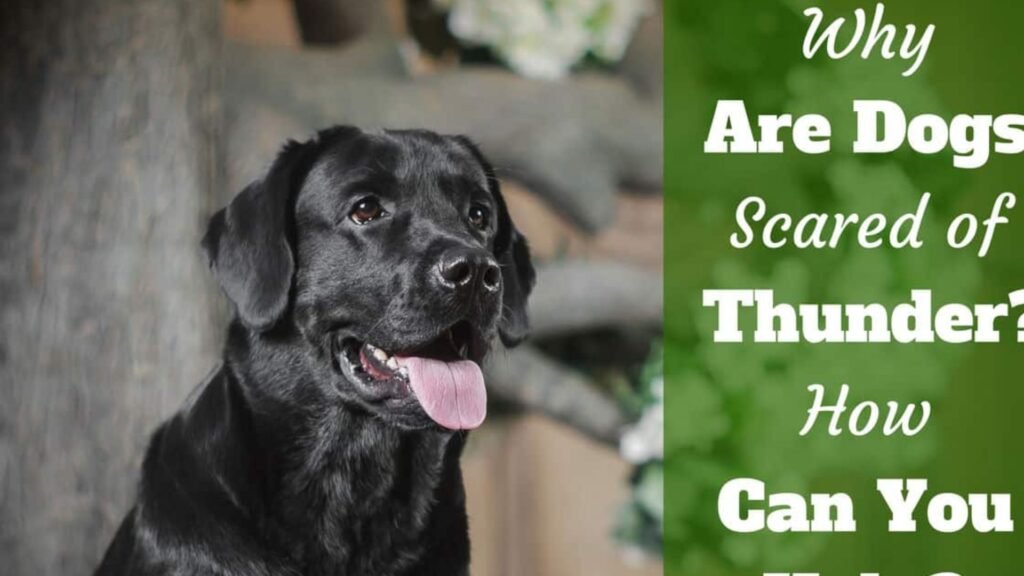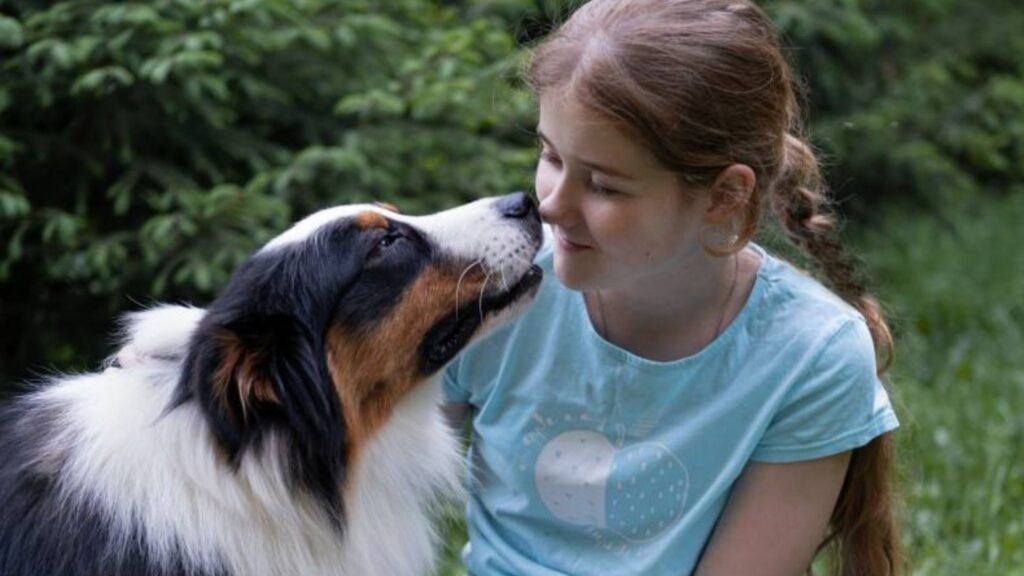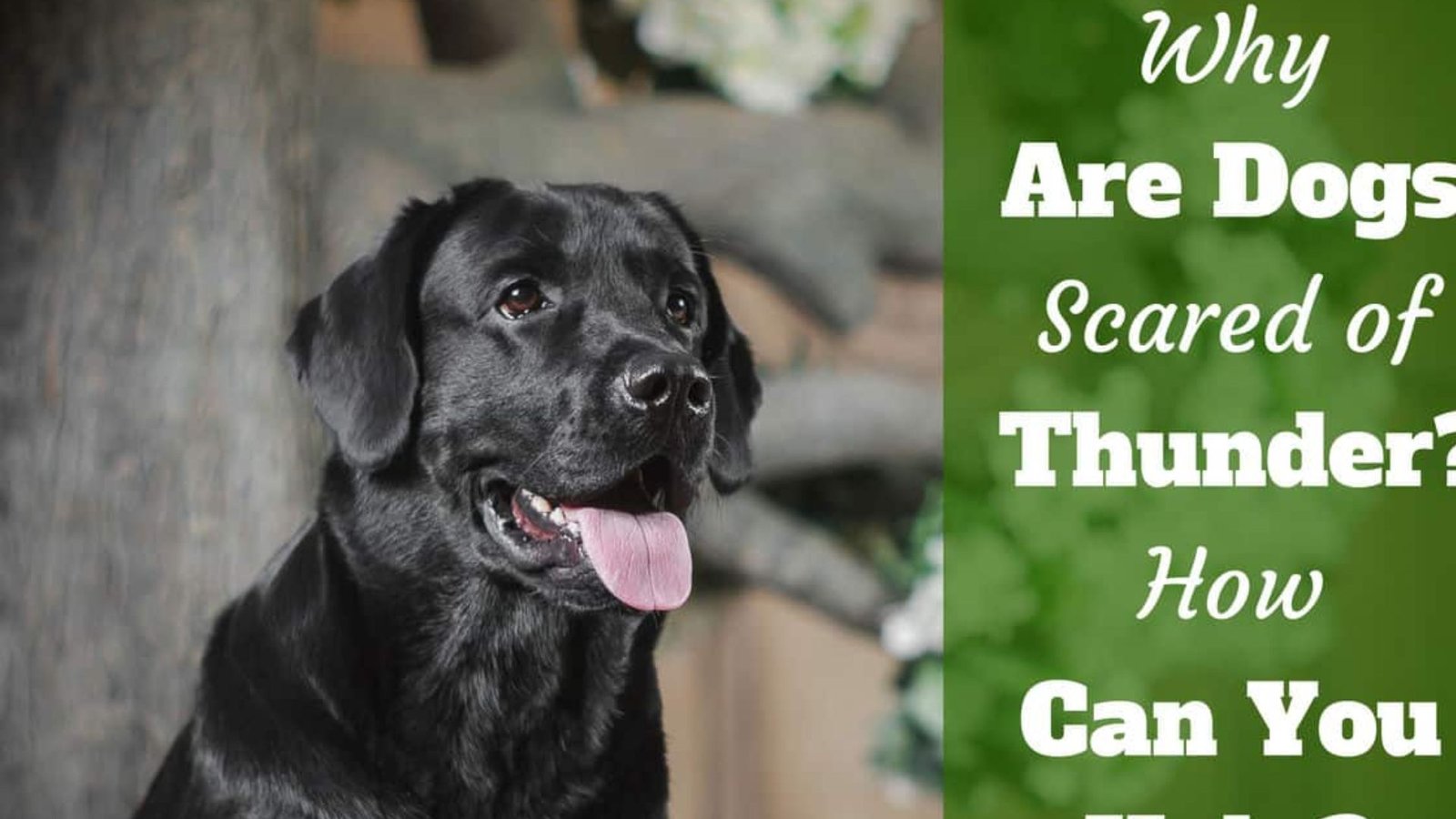
For many dog owners, thunderstorms transform their usually calm pets into anxious, trembling messes. The cacophony of thunder, flashes of lightning, and sudden barometric changes can trigger intense fear in dogs. While medications exist, more pet parents are seeking natural remedies for dog anxiety to avoid side effects. This guide explores holistic, science-supported methods to soothe your furry friend during storms—without a prescription.
Understanding Canine Storm Anxiety: Why Thunderstorms Terrify Dogs
Dogs experience the world through heightened senses, making thunderstorms overwhelming. Their acute hearing detects low-frequency rumbles humans miss, while their sensitivity to static electricity can make fur prickle before a storm. Dog thunderstorm anxiety causes often stem from noise phobia, but changes in air pressure and unfamiliar scents also play roles. Recognizing these triggers is the first step toward addressing their fear.
Breeds like Border Collies, German Shepherds, and rescue dogs with traumatic pasts may be more prone to anxiety. Symptoms include pacing, whining, hiding, drooling, or destructive behavior. Ignoring these signs can escalate stress, so proactive intervention is key.
Create a Storm Sanctuary: Safe Spaces Reduce Panic
One of the most effective natural ways to calm dogs during storms is designating a “storm sanctuary.” This quiet, enclosed area—like a closet, bathroom, or crate—muffles noise and provides security. Line the space with familiar blankets, toys, and an unwashed shirt smelling like you.
Dogs often seek out small, dark places instinctively during stress. If your pet already gravitates toward a specific spot during storms, enhance it with soundproofing materials like heavy curtains or foam panels. Introduce the sanctuary during calm weather so they associate it with positivity.
Leverage Calming Pheromones: Mimic Nature’s Comfort
Dog calming pheromones for thunderstorms replicate the soothing chemicals mother dogs emit to reassure puppies. Products like Adaptil diffusers, collars, or sprays release synthetic analogues of these pheromones, signaling safety. Studies show they reduce anxiety in 70% of dogs when used consistently.
Place a diffuser near your dog’s sanctuary or spray their bedding 15 minutes before a storm. Combine this with other methods, like gentle petting, to amplify the effect.
Herbal Remedies: Harness Nature’s Pharmacy
Certain herbs offer mild sedative properties perfect for herbal remedies for dog anxiety. Chamomile, valerian root, and passionflower can be administered as teas, tinctures, or treats. Always consult your vet for dosage guidance, as potency varies.
- Chamomile: Steep a caffeine-free tea bag in hot water, cool it, and mix a tablespoon into their food.
- CBD oil: Derived from hemp, cannabidiol interacts with receptors regulating mood. Opt for broad-spectrum, THC-free formulas.
- Lavender: Diffuse organic essential oil (diluted) or use a spray on their bedding. Avoid direct application.
Behavioral Training: Desensitize Sounds Gradually
Desensitization training for storm anxiety involves exposing your dog to recorded storm sounds at low volumes, rewarding calm behavior with treats and praise. Start with brief sessions, gradually increasing volume and duration over weeks. Pair this with positive activities, like playtime, to reshape their association with thunder.
Counterconditioning—teaching a new response to fear—is equally powerful. For example, practice commands like “sit” or “stay” during fake storm noises, rewarding compliance. Over time, they’ll focus on tasks instead of panic.
Canine Massage: Ease Tension Through Touch

Canine massage for anxiety relief lowers cortisol levels and releases endorphins. Focus on pressure points like the base of the ears, shoulders, and along the spine. Use slow, firm strokes, avoiding sudden movements.
Combine massage with TTouch (Tellington Touch) techniques: circular finger motions on the skin to activate relaxation. This method is particularly useful mid-storm when your dog seeks physical reassurance.
Pressure Wraps: Embrace the “Hug Effect”
Thunder shirts for dogs apply gentle, constant pressure—similar to swaddling a baby—to reduce anxiety. These wraps stimulate the release of calming hormones and distract the nervous system. Fit is crucial: ensure it’s snug but not restrictive.
Alternatives include DIY wraps using elastic bandages or weighted blankets. Test these before a storm to avoid overwhelming your pet.
Sound Therapy: Mask Thunder with Soothing Noise
White noise for dogs during storms drowns out unsettling sounds. Use a fan, humidifier, or apps playing nature sounds or classical music. Studies show reggae and soft rock genres also calm dogs.
For tech-savvy owners, devices like the “Through a Dog’s Ear” series feature music specifically engineered to reduce canine stress.
Pre-Storm Exercise: Burn Off Nervous Energy
A tired dog is a calmer dog. Exercise to reduce dog anxiety before a storm hits by engaging in vigorous play or long walks. Mental stimulation, like puzzle toys or training drills, also exhausts their nervous energy.
Time outdoor activities using weather apps to avoid getting caught in the storm. Post-exercise, offer a high-protein snack to promote relaxation.
Dietary Adjustments: Nutrients That Soothe
A calming dog diet for thunderstorms includes tryptophan-rich foods (turkey, pumpkin) and magnesium (spinach, fish), which regulate stress hormones. Avoid sugary treats that spike energy.
Consider supplements like L-theanine (found in green tea) or melatonin, which regulate sleep cycles. Always consult your vet before introducing new supplements.
Stay Calm Yourself: Dogs Mirror Your Energy

Dogs are empathic; if you’re tense, they’ll mirror it. Practice deep breathing and speak in a cheerful tone. Engage in mundane activities, like reading or cooking, to signal normalcy. Your demeanor can reassure them there’s no danger.
When Natural Methods Aren’t Enough: Seek Professional Help
If natural remedies for dog anxiety fail, consult a vet or certified behaviorist. Severe cases may require temporary medication paired with behavioral therapy. Underlying issues like hearing loss or thyroid imbalances could also exacerbate anxiety.
Final Thoughts: Patience and Consistency Win
Every dog responds differently. Combine several natural ways to calm dogs during storms and track what works. Document their behavior in a journal to identify patterns. With time, most dogs learn to weather storms with minimal distress.
By prioritizing their emotional well-being, you’ll strengthen your bond and ensure thunderstorms become just another passing cloud.
